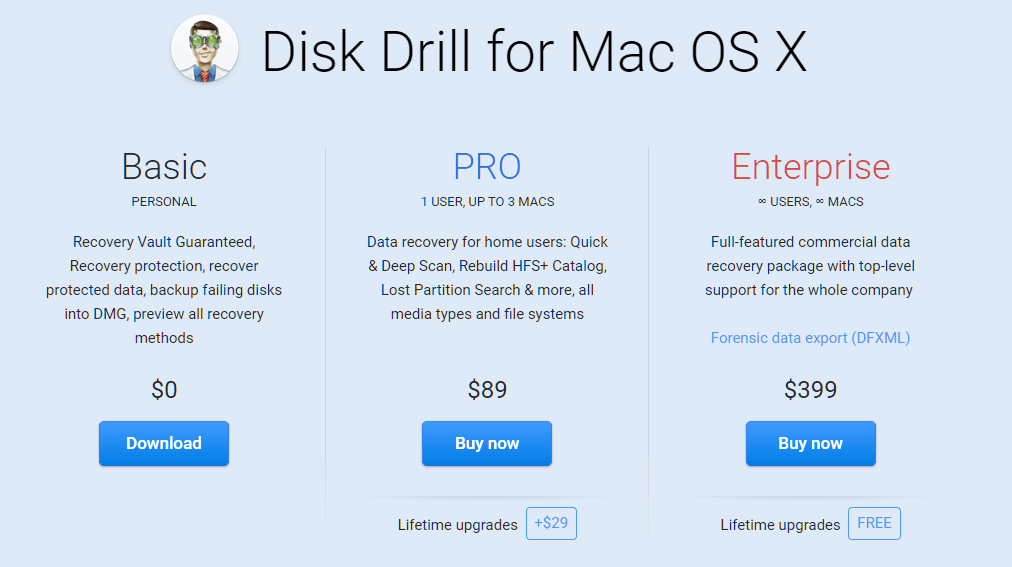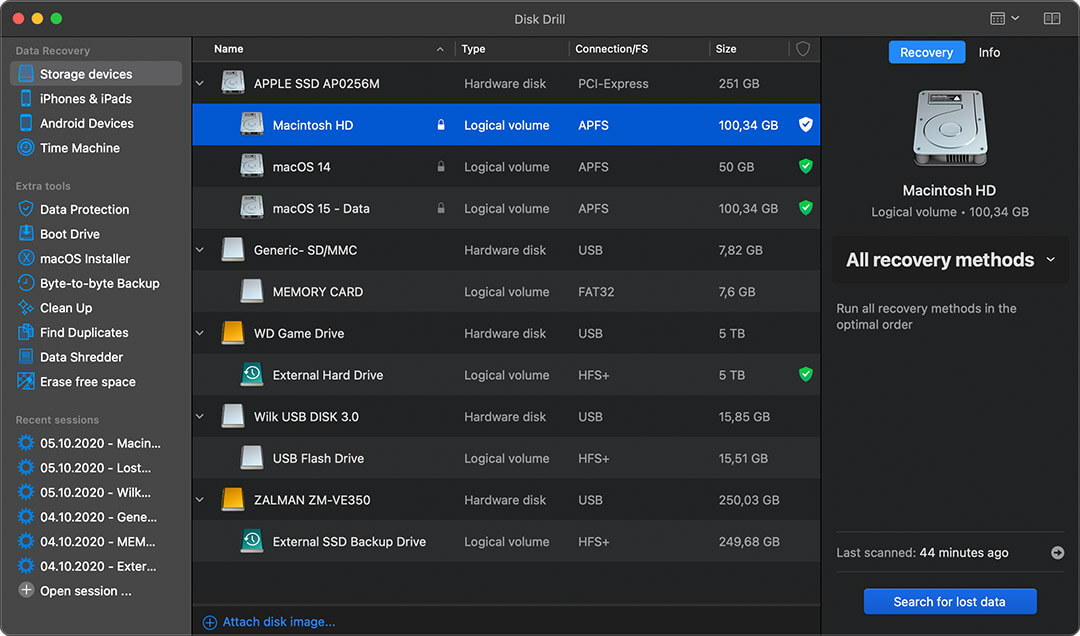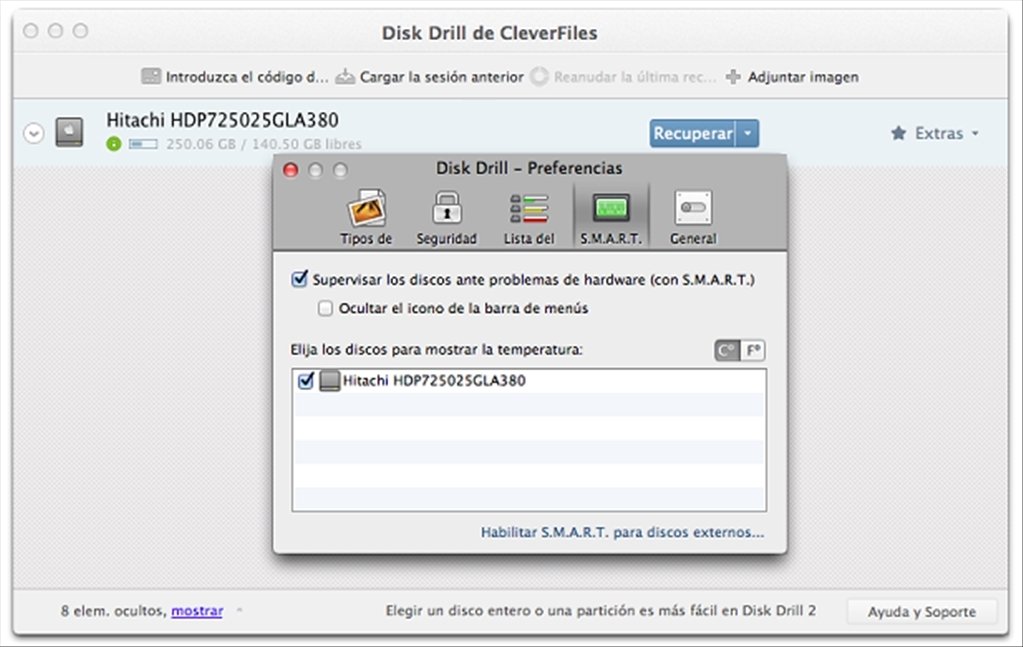

Disk Drill can scan and recover over 400 file types with a press of a single button, right from your computer’s internal or external drive, or any supported storage device.

If you check the Mac version, it is offered as a basic free version and two paid versions.CleverFiles announces the release of the new version of Disk Drill for Mac, ready for macOS 11 Big Sur and data recovery from iOS 14. It is easy to use and ships with two additional features, partition recovery and protections, that set it apart from the majority of data recovery programs.Ĭlever Files, the company behind the product notes on its website that the product is "currently free" which hints at the possibility that it won't be free forever.

Select file types such as *.bak or System Volume Information are excluded by default.ĭisk Drill is a handy recovery software for Windows. It works by dedicating space to store deleted files on so that you can recover them whenever the need arises without having to worry about unrecoverable files due to locations being overwritten already by new data.Įxclusions can be added as well to prevent files from being included in the recovery vault.

The software handles popular file systems on Windows, Fat and NTFS, but also HFS+ and EXT2/3/4 which means that you can use it to recover files on drives used on a Mac or Linux computer.ĭisk Drill supports another feature or interest: its Protect option allows you to add a guaranteed recovery option to select folders on the drive you enable it on. This includes internal and external hard drives, flash drives, iPods and memory cards. You may want to consult the log if something goes wrong or if a drive or partition is not detected correctly even though it may show up in Windows.Īs far as drive support is concerned, you can run it on any storage volume connected to the system directly. The program saves scan related activities to a log file that highlights devices found as well as errors. There you can also select a target directory for the files and folders which should not be on the disk or partition that you want to recover files from. This is done by clicking on checkboxes displayed next to each item found during the scan and selecting recover afterwards. Once the scan completes, you may select one or multiple files or folders for recovery.


 0 kommentar(er)
0 kommentar(er)
